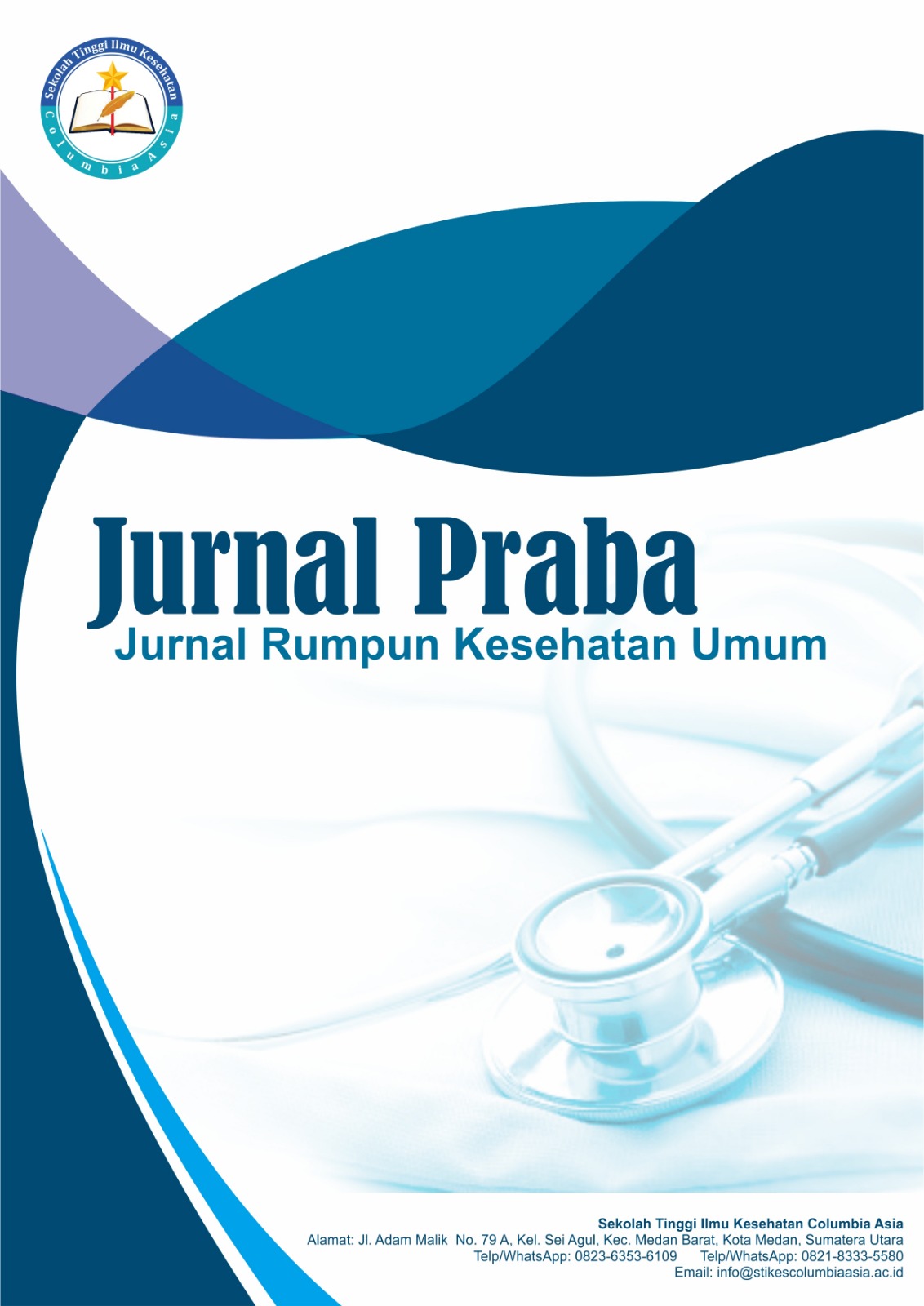Pengembangan Tepung Tempe (Rhizopus Oryzae) Menjadi Tepung Untuk Kue Kering Kastengel Eka
DOI:
https://doi.org/10.62027/praba.v3i2.459Keywords:
tempeh flour, kastengel, organoleptic test, nutritional value, food innovationAbstract
This study aims to develop tempeh (Rhizopus oryzae) into tempeh flour to be utilized as the main ingredient in the production of a traditional Indonesian cookie known as kastengel. Tempeh is a rich source of plant-based protein and dietary fiber, yet its application in the processed food industry, particularly in dry baked goods such as cookies, remains underexplored. This innovation is expected to serve as a healthy food alternative while supporting the diversification of local food products. The research employed a Research and Development (R&D) approach, encompassing several key stages: processing tempeh into flour through slicing, drying, grinding, and sieving; formulating kastengel dough using tempeh flour as the base ingredient; and evaluating the final product through both organoleptic (sensory) testing and nutritional analysis. Organoleptic testing involved 10 panelists, including lecturers and students, who assessed the product based on color, taste, aroma, and texture. Nutritional content was analyzed at the Manado Industrial Research and Standardization Agency. The results showed that kastengel made from tempeh flour had a light brown color, a savory-sweet flavor, a distinctive yet pleasant aroma, and a crunchy texture. Laboratory tests revealed the nutritional composition of the product to include 46.12% carbohydrates, 29.82% fat, and 3.92% protein, indicating its potential as a nutritious food option. Most panelists reported a favorable response toward the product. In conclusion, tempeh flour can serve as an effective substitute for wheat flour in the production of kastengel cookies. The final product, branded as “Kastengel Eka,” demonstrates that tempeh-based food innovations can be well-accepted in terms of sensory qualities and possess promising potential as a functional, nutritious, and marketable food product.
Downloads
Published
How to Cite
Issue
Section
License
Copyright (c) 2025 Jurnal Praba : Jurnal Rumpun Kesehatan Umum

This work is licensed under a Creative Commons Attribution-ShareAlike 4.0 International License.







